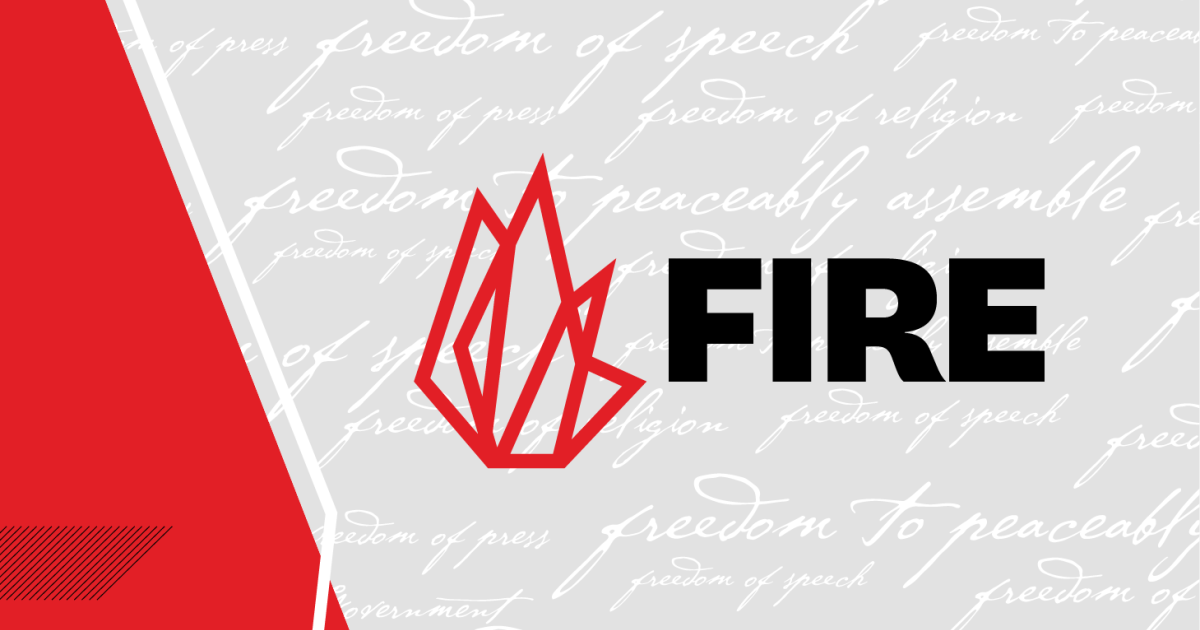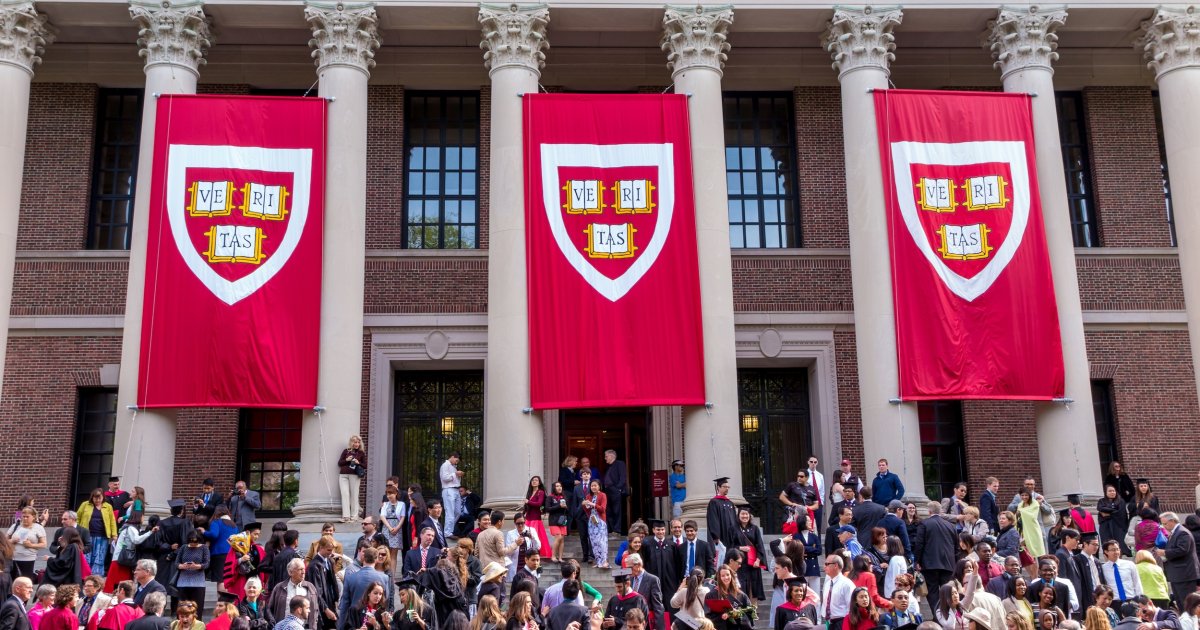The research statement that you include in your promotion and tenure dossier is one of the most important documents of your scholarly career—and one you’ll have little experience writing or even reading, unless you have a generous network of senior colleagues. As an academic editor, I support a half dozen or so academics each year as they revise (and re-revise, and throw out, and retrieve from the bin, and re-revise again) and submit their research statements and P&T dossiers. My experience is with—and so these recommendations are directed at—tenure-track researchers at American R-1s and R-2s and equivalent Canadian and Australian institutions.
In my experience, most academics are good at describing what their research is and how and why they do it, but few feel confident in crafting a research statement that attests to the impact of their accomplishments. And “impact” is a dreaded word across the disciplines—one that implies reducing years of labor to mere numbers that fail to account for the depth, quality or importance of your work.
When I think about “impact,” I think of course of the conventional metrics, but I think as well of your work’s influence among your peers in academia, and also of its resonance in nonacademic communities, be they communities of clinicians, patients, people with lived experiences of illness or oppression, people from a specific equity-deserving group, or literal neighborhoods that can be outlined on a map. When I edit research statements, I support faculty to shift their language from “I study X” to “My study of X has achieved Y” or “My work on X has accomplished Z.” This shift depends on providing evidence to show how your work has changed other people’s lives, work or thinking.
For researchers who seek to make substantial contributions outside of academia—to cure a major disease, to change national policy or legislation—such a focus on impact, influence and resonance can be frustratingly short-termist. Yet if it is your goal to improve the world beyond the boundaries of your classroom and campus, then it seems worthwhile to find ways to show whether and how you are making progress toward that goal.
If you’re preparing to go up for tenure or promotion, here’s a basic framework for a research statement, which you can adopt and adapt as you prepare your own impact-, influence- or resonance-focused research statement:
Paragraph 1—Introduction
Start with a high-level description of your overarching program of research. What big question unites the disparate parts of your work? What problem are you working toward solving? If your individual publications, presentations and grants were puzzle pieces, what big picture would they form?
Paragraph 2—Background (Optional)
Briefly sketch the background that informed your current preoccupations. Draw, if relevant, on your personal or professional background before your graduate studies. This paragraph should be short and should emphasize how your pre-academic life laid the foundation that has prepared you, uniquely, to address the key concerns that now occupy your intellectual life. For folks in some disciplines or institutions, this paragraph will be irrelevant and shouldn’t be included: trust your gut, or, if in doubt, ask a trusted senior colleague.
Middle Paragraphs—Research Themes, Topics or Areas
Cluster thematically—usually into two, three or four themes—the topics or areas into which your disparate projects and publications can be categorized. Within each theme, identify what you’re interested in and, if your methods are innovative, how you work to advance scholarly understandings of your subject. Depending on the expected length of your research statement, you might write three or four paragraphs for each theme. Each paragraph should identify external funding that you secured to advance your work and point to any outputs—publications, conference presentations, journal special issues, monographs, edited books, keynotes, invited talks, events, policy papers, white papers, end-user training guides, patents, op-eds and so on—that you produced.
If the output is more than a few years old, you’ll also want to identify what impact (yes) that output had on other people. Doing so might involve pointing at your numbers of citations, but you might also:
- Describe the diversity of your citations (e.g., you studied frogs but your research is cited in studies of salmon, belugas and bears, suggesting the broad importance of your work across related subfields);
- Search the Open Syllabus database to identify the number of institutions that include your important publication in their teaching, or WorldCat, to identify the number of countries in which your book is held;
- Link your ORCID account to Sage’s Policy Profiles to discover the government ministries and international bodies that have been citing your work;
- Summarize media mentions of your work or big, important stories in news media, e.g. magazine covers or features in national newspapers (e.g. “In August 2025, this work was featured in The New York Times (URL)”);
- Name awards you’ve won for your outputs or those won by trainees you supervised on the project, including a description of why the award-giving organization selected your or your trainee’s work;
- Identify lists of top papers in which your article appears (e.g., most cited or most viewed in that journal in the year it was published); or,
- Explain the scholarly responses to your work, e.g., conference panels discussing one of your papers or quotations from reviews of your book in important journals.
Closing Paragraphs—Summary
If you’re in a traditional research institution—one that would rarely be described by other academics as progressive or politically radical—then it may be advantageous for you to conclude your research statement with three summary paragraphs.
The first would summarize your total career publications and your publications since appointment, highlighting any that received awards or nominations or that are notable for the number of citations or the critical response they have elicited. This paragraph should also describe, if your numbers are impressive, your total number of career conference presentations and invited talks or keynotes as well as the number since either your appointment or your last promotion, and the total number of publications and conference presentations you’ve co-authored with your students or trainees or partners from community or patient groups.
A second closing paragraph can summarize your total career research funding and funding received since appointment, highlighting the money you have secured as principal investigator, the money that comes from external (regional, national and international) funders, and, if relevant, the new donor funding you’ve brought in.
A final closing paragraph can summarize your public scholarship, including numbers of media mentions, hours of interviews provided to journalists, podcast episodes featured on or produced, public lectures delivered, community-led projects facilitated, or numbers of op-eds published (and, if available, the web analytics associated with these op-eds; was your piece in The Conversation one of the top 10 most cited in that year from your institution?).
Final Paragraph—Plans and Commitments
Look forward with excitement. Outline the upcoming projects, described in your middle paragraphs, to which you are already committed, including funding applications that are still under review. Paint for your reader a picture of the next three to five years of your research and then the rest of your career as you progress toward achieving the overarching goal that you identified in your opening paragraph.
While some departments and schools are advising their pretenure faculty that references to metrics aren’t necessary in research statements, I—perhaps cynically—worry that the senior administrators who review tenure dossiers after your department head will still expect to see your h-index, total number of publications, number of high-impact-factor journals published in and those almighty external dollars awarded.
Unless you are confident that your senior administrators have abandoned conventional impact metrics, I’d encourage you to provide these numbers and your disciplinary context. I’ve seen faculty members identify, for example, the average word count of a journal article in their niche, to show that their number of publications is not low but rather is appropriate given the length of a single article. I’ve seen faculty members use data from journals like Scientometrics to show that their single-digit h-index compares to the average h-index for associate professors in their field, even though they are not yet tenured. Such context will help your reader to understand that your h-index of eight is, in fact, a high number, and should be understood as such.
You’ll additionally receive any number of recommendations from colleagues and mentors; for those of you who don’t have trusted colleagues or mentors at your institution, I’ve collected the advice of recently tenured and promoted associate professors and full professors from a range of disciplines and institutional contexts in this free 30-page PDF.
I imagine that most of the peers and mentors whom you consult will remind you to align with any guidelines that your institution provides. Definitely, you should do this—and you should return to those guidelines and evaluation criteria, if they exist, as you iteratively revise your draft statement based on the feedback you receive from peers. You’ll also need to know what pieces of your P&T dossier will be read by what audience—external readers, a departmental or faculty committee, senior administrators. Anyone can tell you this; every piece of writing will need to consider both audience and context.
But my biggest takeaway is something no client of mine has ever been told by a peer, colleague or mentor: Don’t just describe what you’ve done. Instead, point to the evidence that shows that you’ve done your work well.







